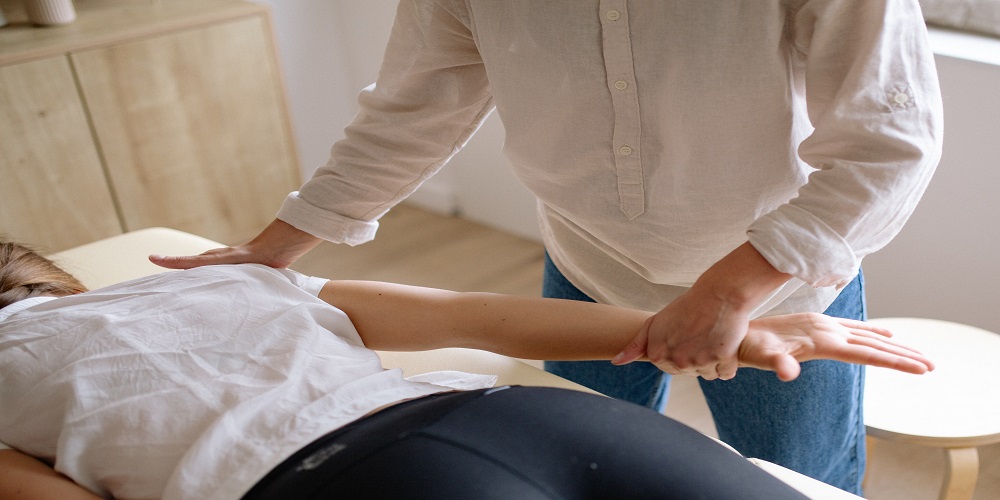5 Most Common Aches and Pains a Physiotherapist Can Help With
Pain is an unpleasant feeling that gets in the way of your daily life. It can make you weak and affect your mental and physical health. Luckily, physiotherapy can help you feel less pain and move around better. There are many questions to ask a physiotherapist. One of the many questions includes some common pains they deal with. Five common aches and pains that a physiotherapist can help with are:

Back pain
Back pain is a common problem for people of any age. It can be caused by many things, like bad posture or overusing muscles. It can also happen when a disc bulges or when the spinal canal gets too narrow. Back pain can be mildly uncomfortable or very painful. It can also make you feel bad, making it hard to move around. Stretching exercises and physical therapy may be part of the treatment. It also includes exercises to strengthen your core and stabilize your spine.
Neck pain
Another common problem that a lot of people have is neck pain. Poor posture, whiplash, or a herniated disc can all cause it. Neck pain can give you a headache, hurt your shoulders, or numb your arms or hands. However, a physiotherapist can diagnose your neck pain and devise a treatment plan. The treatment may include neck exercises and hands-on therapy. These exercises could help you feel better. Moreover, it can help you move your neck more freely with these.
Joint pain
Joint pain can be due to osteoarthritis, rheumatoid arthritis, or an injury. It can happen in any joint, like your knees, hips, shoulders, or ankles. A physiotherapist’s main job is to figure out why your joints hurt. It lets them make a customized treatment plan to help you feel better. The treatment might include moving the joints, strengthening them, and exercising. It also includes techniques that improve mobility and reduce swelling.
Muscle Strains and Sprains
Muscle strains and sprains can happen when you exercise or play sports. When a muscle gets overstretched or torn, this can cause strain. Sprains occur when a ligament gets stretched or torn. Muscle tears and sprains can hurt, swell, and leave bruises. Stretching exercises or manual therapy can help you improve. It also means doing exercises that make your muscles stronger and more flexible.
Post-Surgical Rehabilitation
Physiotherapy can help you get better and move around better after surgery. Rehabilitation after surgery can help reduce pain and keep problems from happening. A physiotherapist can look at your condition and make a treatment plan. Exercises are part of the treatment to help you regain strength and function.
Conclusion
Physiotherapy is a good way to treat pain that doesn’t involve surgery. A physiotherapist can look at your condition and come up with a plan for how to treat it. It helps you feel less pain and move around better. Physiotherapy can also help keep you from getting hurt and make your body and mind healthier. Talk to a physiotherapist if you have these five common aches and pains. They can help you feel better to return to your normal life.







